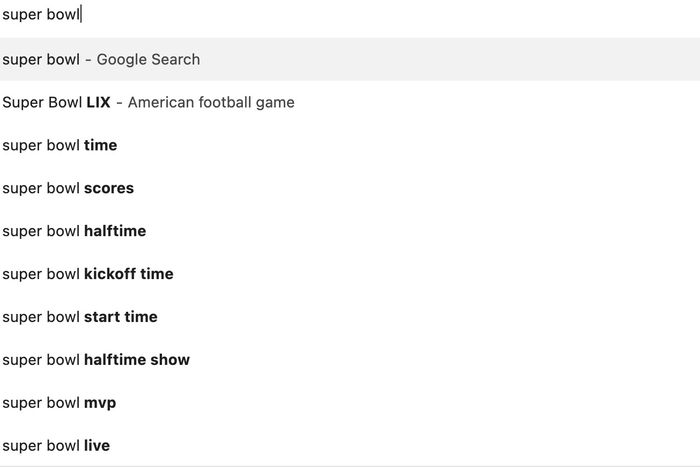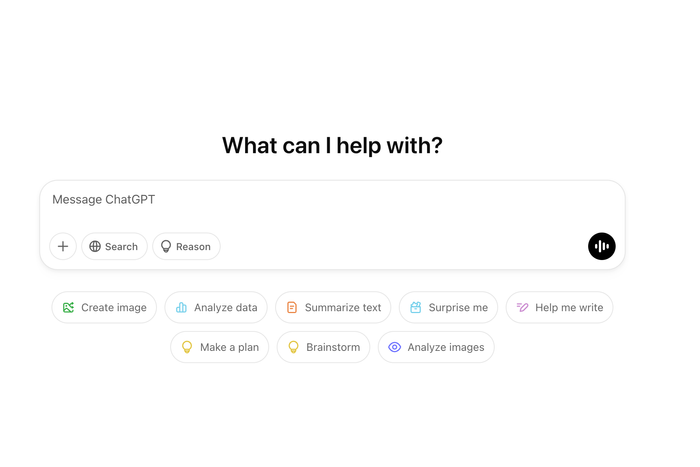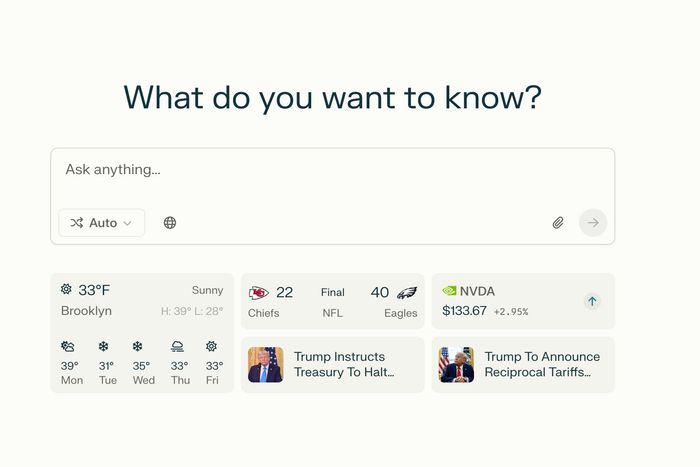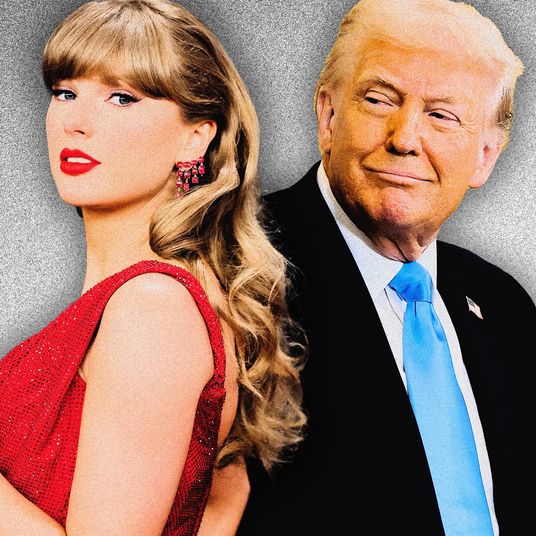
In the storied history of Super Bowl ads, LIX will be remembered as the one with all the AI stuff: Google, Meta, Salesforce, and GoDaddy all bought ads about artificial intelligence. OpenAI aired its first ad, too, a $14 million spot situating ChatGPT as the next step in the technological development of the human species:
Thematically, OpenAI’s dot-matrix history of technology ad is aligned with the company’s recent messaging about how its technology will fundamentally change the world. In a Sunday post on his personal blog, for example, Sam Altman wrote that, due to advances in AI, “anyone in 2035 should be able to marshal the intellectual capacity equivalent to everyone in 2025; everyone should have access to unlimited genius to direct however they can imagine.” He mentioned “AI co-workers” and suggested that “the impacts on society will be significant.” Like others in the industry, OpenAI is promising investors it can automate a significant part of the workforce and framing its efforts as part of an existential geopolitical conflict with China. It’s maybe a little funny that OpenAI’s big first TV ad follows a timeline that includes “agriculture” and “going to the moon” with someone asking ChatGPT to “summarize this article,” but you get the idea: AI is a very big deal; AI is coming; OpenAI is leading the way; OpenAI is ushering in a new era for mankind; et cetera.
Of course, we’re talking about a Super Bowl ad, so the main purpose isn’t to make an elaborate case for AI — it’s to raise awareness of ChatGPT and get people to use it. While executives, researchers, government officials, investors, and pundits are hashing out speculative macroeconomic scenarios, comparing their x-risks, and trying to figure out just how serious everyone else is, companies like OpenAI, Google, Anthropic, and Perplexity are in a much more legible conflict. They’re fighting for customers. New firms want and need them; established firms don’t want to lose them. On the actual internet, among the largest groups of users, this means that they’re fighting for control of the Box.
The Box is some of the most valuable real estate in computing, the place where most people start looking for most things on their phones and computers. Until recently, it’s mostly where you search the web, find things on your phone, and look up apps or data or other things; sometimes it contains assertive suggestions, and sometimes it looks into your history to see if you’re looking for the same things again. There are lots of boxes, often taking the form of overgrown search features built into apps, websites, platforms, and operating systems. Apple’s Spotlight, in iOS and Mac OS, is an attempt at a do-it-all box, and so is Windows Search.
But the clear winner of the Box wars of the last two decades is Google. It owns the most popular browser, on top of which is what its developers call the “omnibox” — the box that used to be the address bar, but which the company has turned into an all-purpose interface for routing users into search, around the web, through their own data. On top of that, Apple’s boxes, including the one in Safari, feed people into Google. Firefox’s address bar sends people to Google. No matter what sort of phone you have, if you pick it up and start typing into a box, it’ll probably end up routing you to Google. Google’s box dominance is a source of wealth and power that played a starring role in recent antitrust cases against the company. Winning the battle for the Box has made it many, many billions of dollars.
Over the last year, OpenAI — alongside other AI firms — has made it clear that it’s taking a run at the Box, too. Google’s big box innovation was building Search directly into its browser’s address bar. It was both an obvious feature improvement and a clever way to take one popular product — its search engine — and turn it into a primary interface for users’ online lives. As Google did in the 2000s, OpenAI has a growing product in ChatGPT, which people enjoy chatting with and using to generate answers to questions, write emails, do homework, write code, and process data. In 2022, its own take on the Box initially felt more like a chat window. In terms of how people use it, the chatbot overlapped with Google and perhaps threatened to draw some attention away from Google’s box — but it didn’t replace it. ChatGPT could only answer questions contained in outdated training data, didn’t have a connection to the web, and had a tendency to make things up. Clearly, though, OpenAI had a box and saw an opportunity. Super Bowl viewers opening ChatGPT for the first time in 2025 will see something like this:
ChatGPT is still a chatbot, but now it’s also a search engine — the company basically built a direct competitor to Google and welded it to the side of its popular LLM. Before SearchGPT, smaller companies like Perplexity built their own takes on the AI search concept, fusing the ability to find stuff with the ability to — broadly and non-judgmentally speaking, of course — make stuff up. (If you’re wondering how companies that lose money on every query expect to compete with a company that monetizes queries very well, the official answer is subscriptions, but the realistic answer is probably just ads.)
OpenAI’s next move, according to reporting from the Information late last year, could be a browser:
The ChatGPT owner recently considered developing a web browser that it would combine with its chatbot, and it has separately discussed or struck deals to power search features for travel, food, real estate and retail websites, according to people who have seen prototypes or designs of the products. OpenAI has spoken about the search product with website and app developers such as Condé Nast, Redfin, Eventbrite and Priceline, these people said.
Elsewhere in boxes, Meta is using AI to turn its search fields, which were previously mostly for finding people and posts on its own social networks, into something like omniboxes. X’s AI appendage, Grok, has searchlike qualities (and while there are a few minor obstacles standing in the way of Musk’s efforts to build an “everything app,” taking control of the Box may be part of what his surprise takeover bid for OpenAI is all about). Meanwhile, Google, with its own substantial investment in AI and in defense of its still-dominant position, has been adding AI answers to its omnibox (with mixed results).
Whatever else is going on in tech — and wherever you believe AI is going — what’s still happening at the popular-software level is a fight over one of the most basic interfaces in computing. Google said it would organize the world’s information, and OpenAI says it’s building a computer brain, but what both want as much as anything else is to own the box where you type everything from “chicken casserole recipe weeknight dinner” to “inbox” to “flaky rash ankles.” The Box may not be AGI, but controlling it is still a pretty good business.
More screen time
- The DOGE Rampage Is Also a Bailout for Elon Musk
- The Trade War Comes For Temu
- What Are AI ‘Agents’ For?
































